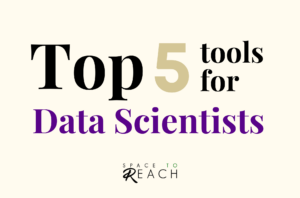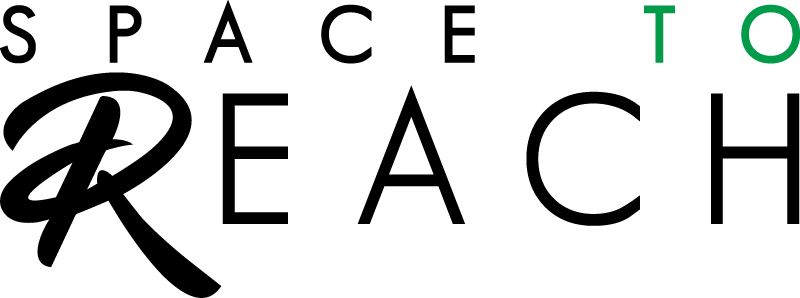
Fig O'Reilly Founder & CEO | Systems Engineer | Diversity in STEM Advocate
It could be said that a good data scientist masters a few tools and a great data scientist is a jack of all trades that has a well rounded toolkit with various skillsets. It’s crucial to have the best tools at your disposal. From software applications to programming languages, these data scientist tools can help with the data analysis itself as well as communicating the results of analysis through data visualization. Put more simply, these are the tried and true tools used to analyze and graphically represent data. This article contains a brief overview of some of the most useful tools that data scientists use frequently to deliver the results their organizations need.
The Number 1 Data Scientist Tool: Microsoft Excel
You may be surprised to learn that an old classic, Microsoft Excel, tops the list at number one. Microsoft Excel has a wide variety of useful data functions, with everything from basic calculations to SQL queries and scripting with Python, the next tool on this list. While it may not be able to handle large volumes of data, for the day-to-day work of a data scientist, Microsoft Excel remains extremely useful. No matter which tool or application that I’ve used in the past, being able to export to an Excel or CSV file makes sharing and working with data easier than ever.
Python
Python continues to be a top choice of programming language for data scientists. In spite of its utility for the technically minded, it’s relatively easy to learn, with the simple lines of code that are quick to write. It has a diverse range of data science uses including data visualization and data analysis. It also works with a variety of libraries and its own automation frameworks.
Tableau
Originally created in 2003, Tableau is a very useful visual analytics platform. Tableau facilitates the use of business intelligence in organizations, as it lets data scientists easily communicate key results to stakeholders. It also helps data scientists to collaborate with other departments across the organization. Tableau prides itself on having an intuitive user interface that makes it possible for a wider range of users to access data insights.
R
The simply named R is a programming language that data scientists can use to create data visualizations. It’s also loaded with some of the most advanced statistical packages in the industry. This is yet another example of a data science tool that has stood the test of time, since its creation in the ’90s. R can also be used for machine learning applications.
Structured Query Language (SQL)
Last but certainly not least. After decades in use SQL is still a powerful tool used by data scientists, engineers, and developers to create, delete, update, select, and manipulate data. SQL is designed for managing data held in a relational database management system. While studying systems engineering, SQL was one of the tools I learned first. At this point in the industry, some may consider SQL to be a foundational part of becoming a data scientist. With the ability to work well with Python and a host of other languages, SQL will always be in my data science toolkit.
Stay up to date with the latest technologies
In our evolving industry, it is important to freshen up on skills you are already familiar with while scanning the horizon to see what new tool could be useful to learn next. At Space to Reach, we are staying on top of what tools and skills recruiters are looking for in job seekers in technology and engineering. We have the expertise, resources, and community to make you feel prepared to reach your next professional goal. Sign up today to access more resources and choose your next company with confidence.

